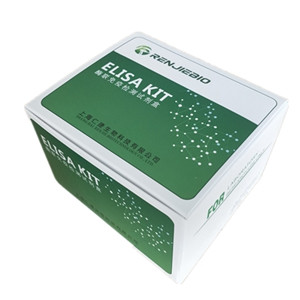Small Molecule Peptide,Collagen Peptide,Yam Peptide Powder,Herb Ginseng Peptide Fufeng Sinuote Biotechnology Co.,Ltd. , https://www.sntbiology.com
Fish tight junction protein (Occludin) ELISA test kit
Type of experiment: Sandwich method detection range: 0.625 ng/mL – 20 ng/mL
Minimum detection limit: the minimum detection concentration is less than 0.1 ng/mL
Applications: Serum, plasma, tissue homogenate, cell culture supernatant or other related fluids (this product is for laboratory research and non-clinical use only) 
Experimental principle The kit uses a double antibody one-step sandwich enzyme-linked immunosorbent assay (ELISA). To the coated microwells pre-coated with the fish tight junction protein (Occludin) capture antibody, the test sample, the standard, the HRP-labeled detection antibody were sequentially added, and the cells were washed and thoroughly washed. Using the substrate TMB to develop color, TMB is converted to blue under the catalysis of peroxidase and converted to the final yellow color by the action of an acid. The color depth is positively correlated with the fish tight junction protein (Occludin) in the sample. The absorbance (OD value) was measured at 450 nm using a microplate reader to calculate the sample concentration.
Steps
Fish tight junction protein detection kit range and experimental principle method
Fish tight junction protein detection range and experimental principle method Explanation <br> Due to the existing conditions and scientific and technical level, it is not possible to comprehensively identify and analyze all the raw materials provided by all suppliers. This product may have certain quality and technical risks.
English name: Fish Occludin ELISA Kit